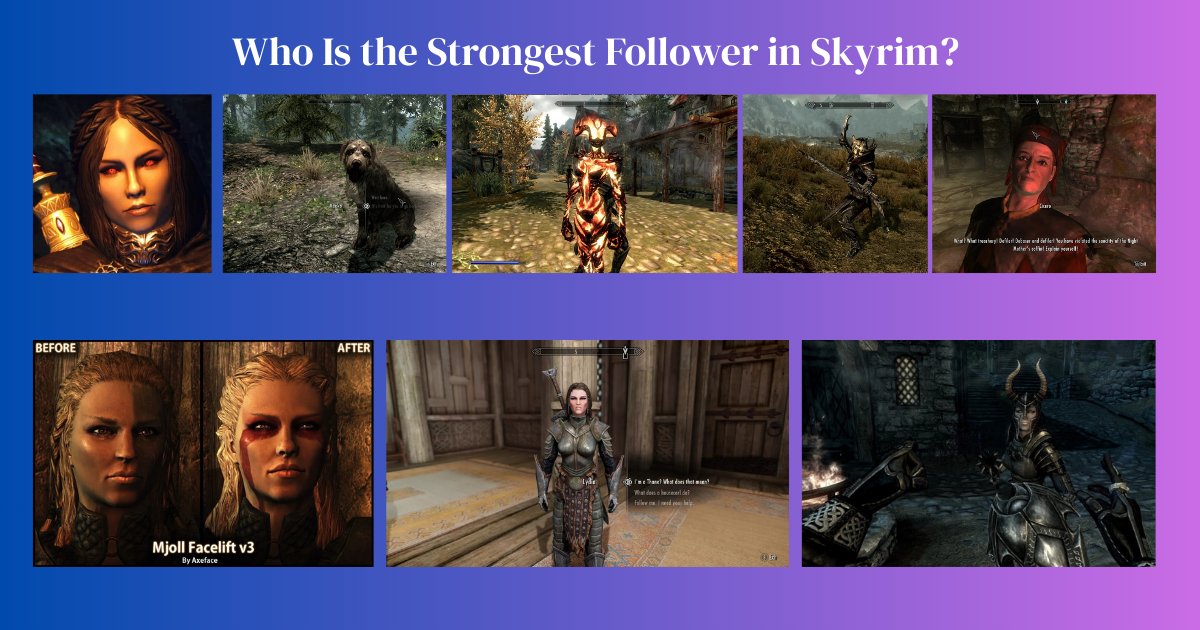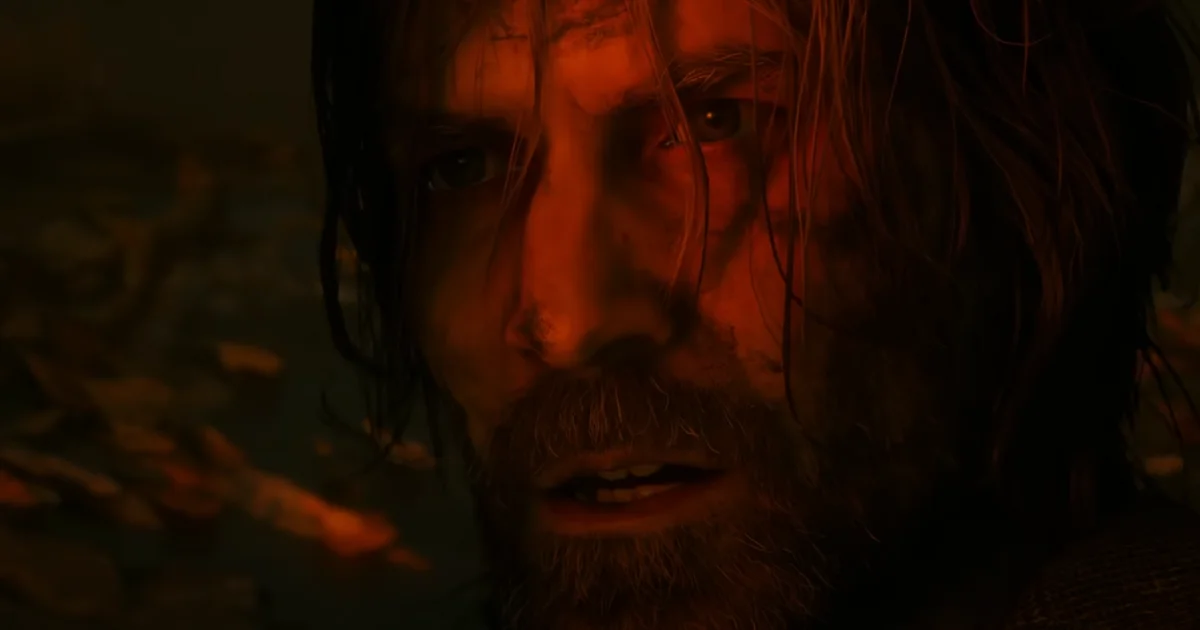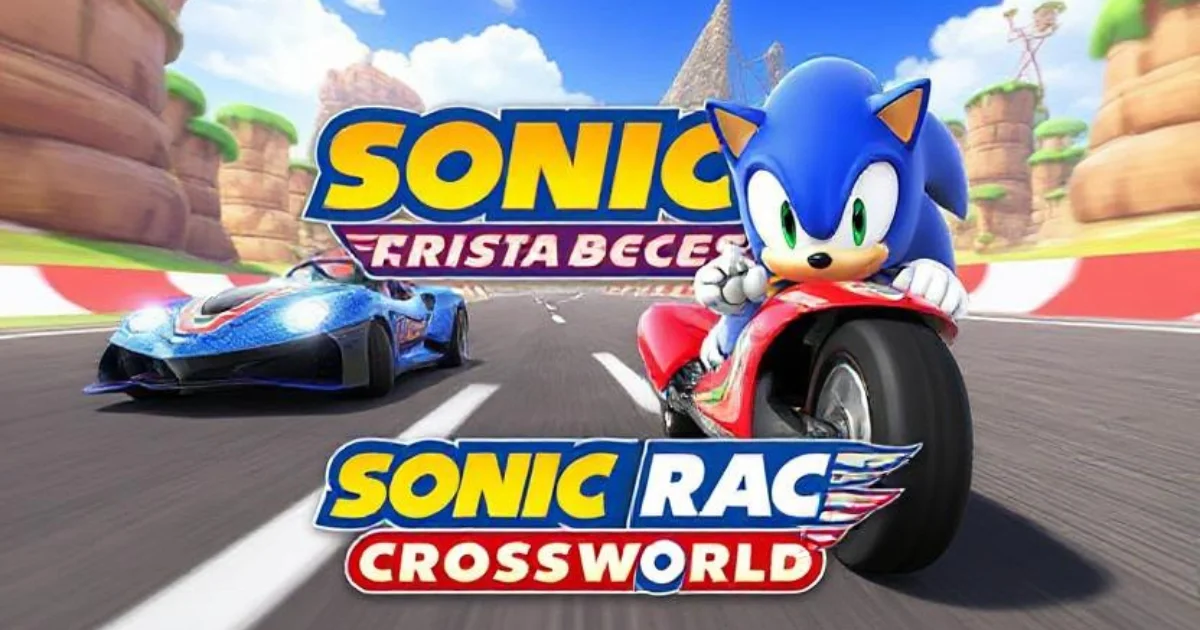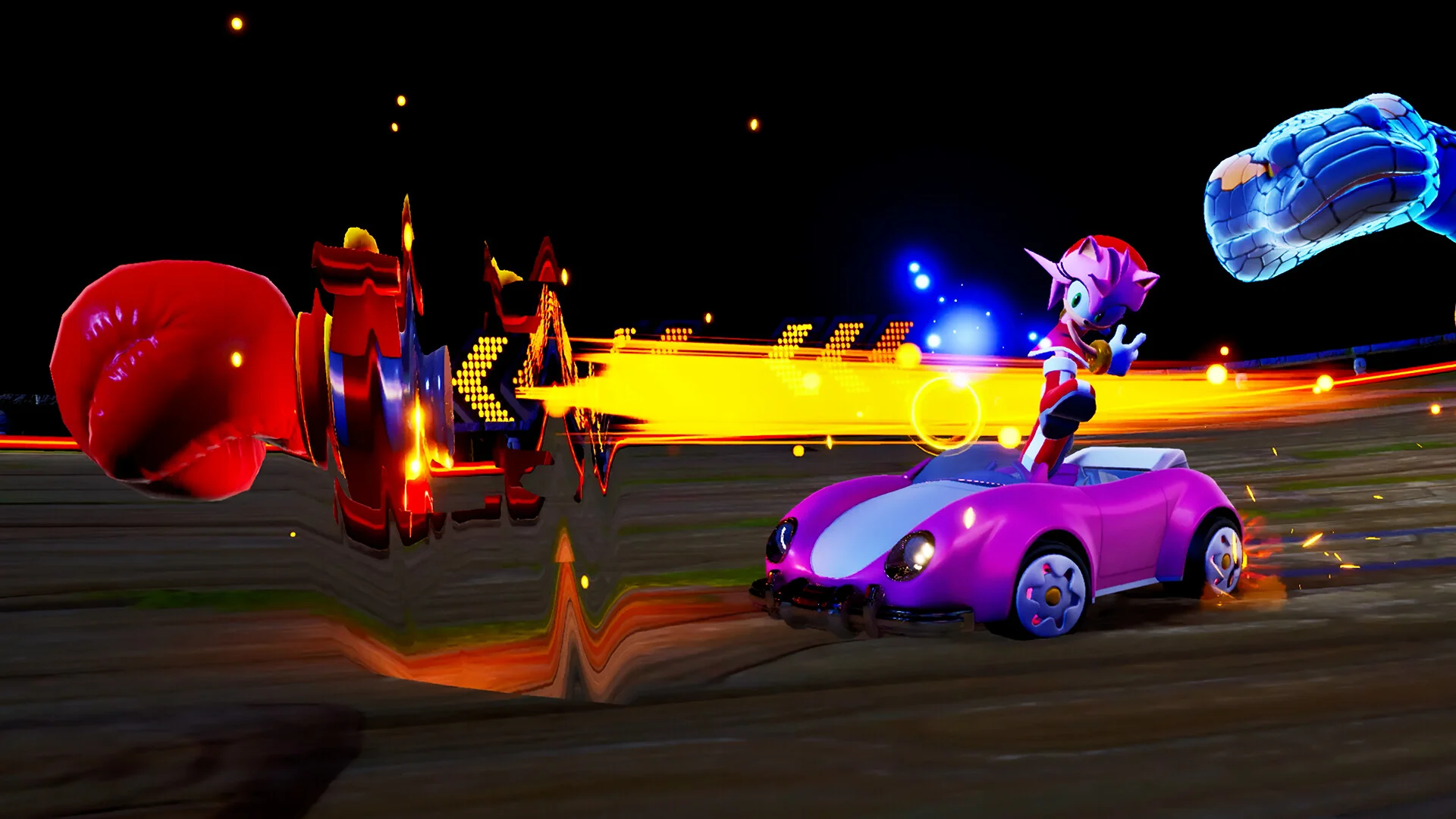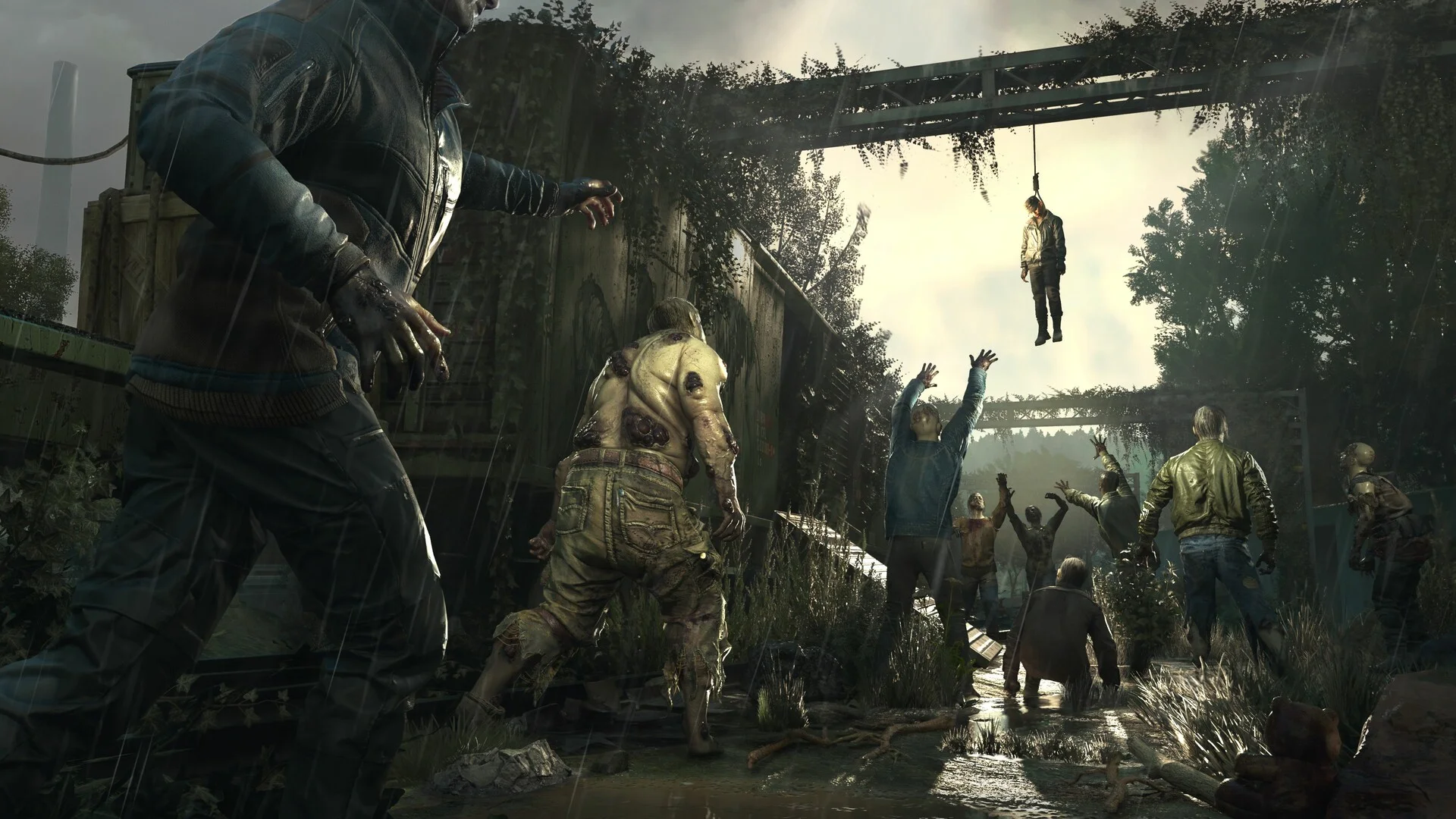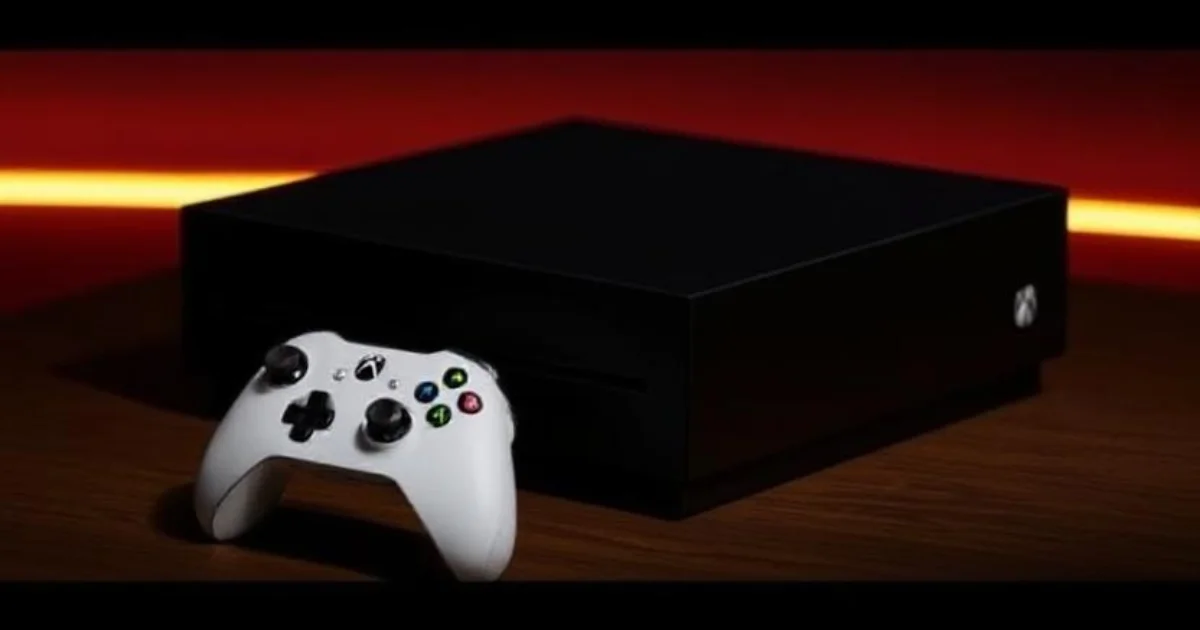
If you were planning to grab a new Xbox this fall, you might want to act fast. Microsoft just confirmed that Xbox Series X|S prices in the U.S. are going up again starting October 3, 2025. And yes, this is the second price hike this year.
The company says the increases are tied to “changes in the macroeconomic environment”—a polite way of pointing to the tariff storm that has been hitting U.S. imports from China and other countries.
As a gamer myself, I get it—you want clarity, not fluff. So here’s exactly what’s changing, why it’s happening, and how it compares to PlayStation and Nintendo.
📊 The New Xbox Price Breakdown
Microsoft posted the updated pricing on its official site, and here’s the side-by-side comparison so you don’t need to dig around:
- Xbox Series S (512GB): $399 (was $379)
- Xbox Series S (1TB): $449 (was $429)
- Xbox Series X Digital: $599 (was $549)
- Xbox Series X (Disc Edition): $649 (was $599)
- Xbox Series X 2TB Galaxy Black Special Edition: $799 (was $729)
That means the entry-level jump is $20, while the premium 2TB model is $70 more expensive than it was just a few months ago. Ouch.
If you’ve been waiting for the Series X 2TB Galaxy Black, the price bump may sting the most—it now costs nearly as much as a high-end gaming PC build.
🎯 Why Are Xbox Prices Rising?
Here’s the reality: video game consoles are caught in the middle of a tariff war.
Unlike smartphones or PCs, consoles don’t have tariff exemptions. That means every part inside your Xbox—storage, processors, circuit boards—gets hit with duties ranging anywhere from 10% to 40%. Those costs stack up, and Microsoft isn’t willing to eat the losses.
An NYU Stern professor, Joost van Dreunen, put it bluntly: “This price increase is less about opportunism or even the cost of software development. Instead, it is the result of tariff increases and rising costs in the supply chain.”
This isn’t just a Microsoft problem. Sony also raised PlayStation 5 prices in the U.S. by $50 last month, and even Nintendo’s upcoming Switch 2 is expected to arrive with a higher sticker price than its predecessors.
Must Read: Upcoming PS5 Games in September 2025: Full Lineup and What to Expect
🎮 What This Means for Gamers Like You
Here’s where things hit home.
If you’re a casual gamer just wanting to play Fortnite, Minecraft, or GTA VI when it lands, the Series S at $399 still feels like a decent deal—but the days of “budget” consoles under $300 are long gone.
For hardcore players who want the best visuals, fastest load times, and max storage, the Series X at $649 is now in premium PC territory. And if you’re eyeing the 2TB Galaxy Black Edition, you’re looking at almost $800 plus tax.
I’ll be honest: that’s a tough sell when you consider how many subscription options Xbox itself offers. Game Pass Ultimate and Xbox Cloud Gaming are looking more attractive than ever. For $19.99 a month, you can stream hundreds of titles without buying the most expensive hardware.
It’s no coincidence Microsoft is leaning hard into its cloud and PC ecosystem right now—they know not every gamer can shell out $649+ in today’s economy.
Must Read: Who Is the Strongest Follower in Skyrim?
How Xbox Prices Stack Against PlayStation and Nintendo
If you’re wondering whether Microsoft is alone in this move, the answer is no. Sony quietly nudged up the PS5 price in the U.S. by $50 last month, bringing the most expensive PS5 Pro to $749.99. And with Nintendo preparing its Switch 2 launch, industry insiders are already warning of a higher-than-expected retail price.
So, this isn’t about Xbox being greedy—it’s part of a wider shift in console economics. For the first time in gaming history, we’re seeing console prices rise over time instead of dropping as technology matures.
Think about that for a second. If you started gaming back in the PS2 or Xbox 360 days, you probably remember prices falling two or three years in. This generation? Prices are heading in the opposite direction.
Must Read: Dead by Daylight x The Walking Dead:
🌩️ The Bigger Picture: Tariffs, Inflation, and Gaming’s New Reality
You and I both know gaming has always been considered an expensive hobby, but tariffs are now making it even less accessible.
Here’s why:
- Tariff patchwork: Every Xbox component—from chips to storage drives—is taxed differently. Some rates sit at 10%, others as high as 40%.
- No exemptions for consoles: Unlike smartphones, laptops, and GPUs, consoles don’t have carve-outs. They’re stuck paying the maximum duties.
- Supply chain crunch: Even though Microsoft has tried diversifying beyond China, most Xbox Series X|S consoles are still built there.
That means higher costs are unavoidable unless there’s a major policy change. And with Trump and Xi expected to meet soon, a tariff thaw might happen—but for now, gamers are footing the bill.
☁️ Why Xbox Cloud Gaming Could Be the Real Winner
Here’s where things get interesting.
Microsoft isn’t just banking on you buying a $649 console. The company is clearly pivoting to services like Game Pass Ultimate and Xbox Cloud Gaming. For under $20/month, you can stream games like Starfield, Forza Horizon 5, and Halo Infinite without investing in premium hardware.
Think of it this way: if the Series X 2TB Galaxy Black costs $799, that’s roughly 40 months of Game Pass Ultimate. And you could play on your PC, tablet, or even your phone.
This tells me Microsoft is hedging against hardware sticker shock. If tariffs push prices higher, they still have a way to keep you inside the Xbox ecosystem without demanding that you drop nearly a grand upfront.
Must Read: The Best Skyrim Light Armor Sets Ranked Guide
🔮 What’s Next for Xbox and Gamers
Looking forward, there are two big questions:
- Will tariffs ease, or will hardware keep climbing in price?
- If negotiations between the U.S. and China stall, expect more hikes. Microsoft already hinted that the environment is “incredibly dynamic,” meaning costs could change again in a few months.
- Will gamers shift away from consoles toward cloud and PC?
- For newcomers especially, cloud gaming may become the entry point. Why spend $649 when your laptop or tablet can stream Xbox titles?
I also can’t ignore the looming launch of the Xbox Ally handheld. Rumors suggest it’s being manufactured in China too, which means it could face the same tariff-driven pricing headaches. If Lenovo’s Legion Go 2 costs up to $1,350 in the U.S., the Ally’s sticker price could easily shock fans if tariffs stick.
Must Read: Skyrim Vampire Cure Explained: How to Undo the Curse of Immortality
🎬 Final Take
Here’s the bottom line:
- Xbox Series S now starts at $399.
- Xbox Series X (Disc Edition) jumps to $649.
- The premium 2TB Galaxy Black is a whopping $799.
As a gamer, it’s tough to swallow seeing prices move higher instead of lower. But in today’s tariff-heavy, inflation-driven economy, this could be our new normal—at least for the near future.
My advice? If you were already eyeing an Xbox, grab one before October 3. If not, keep an eye on Game Pass and Xbox Cloud Gaming—because the future of Xbox might be less about hardware and more about access.

